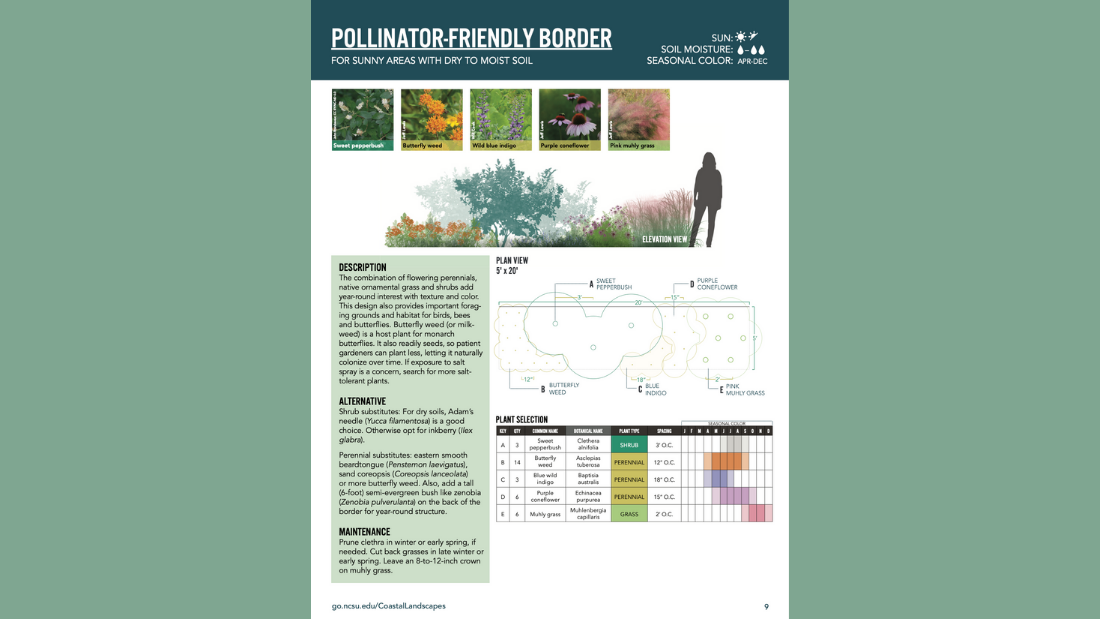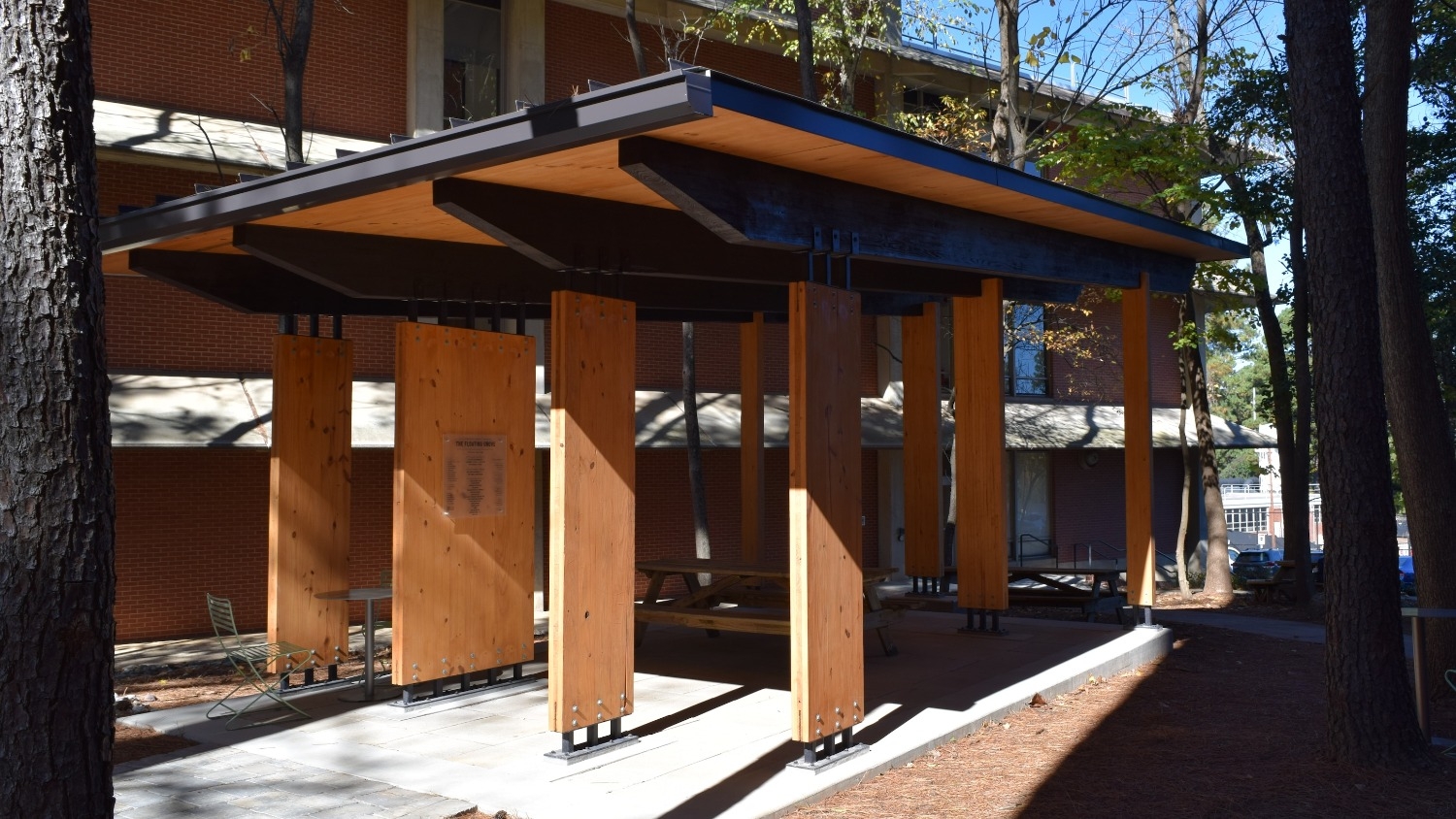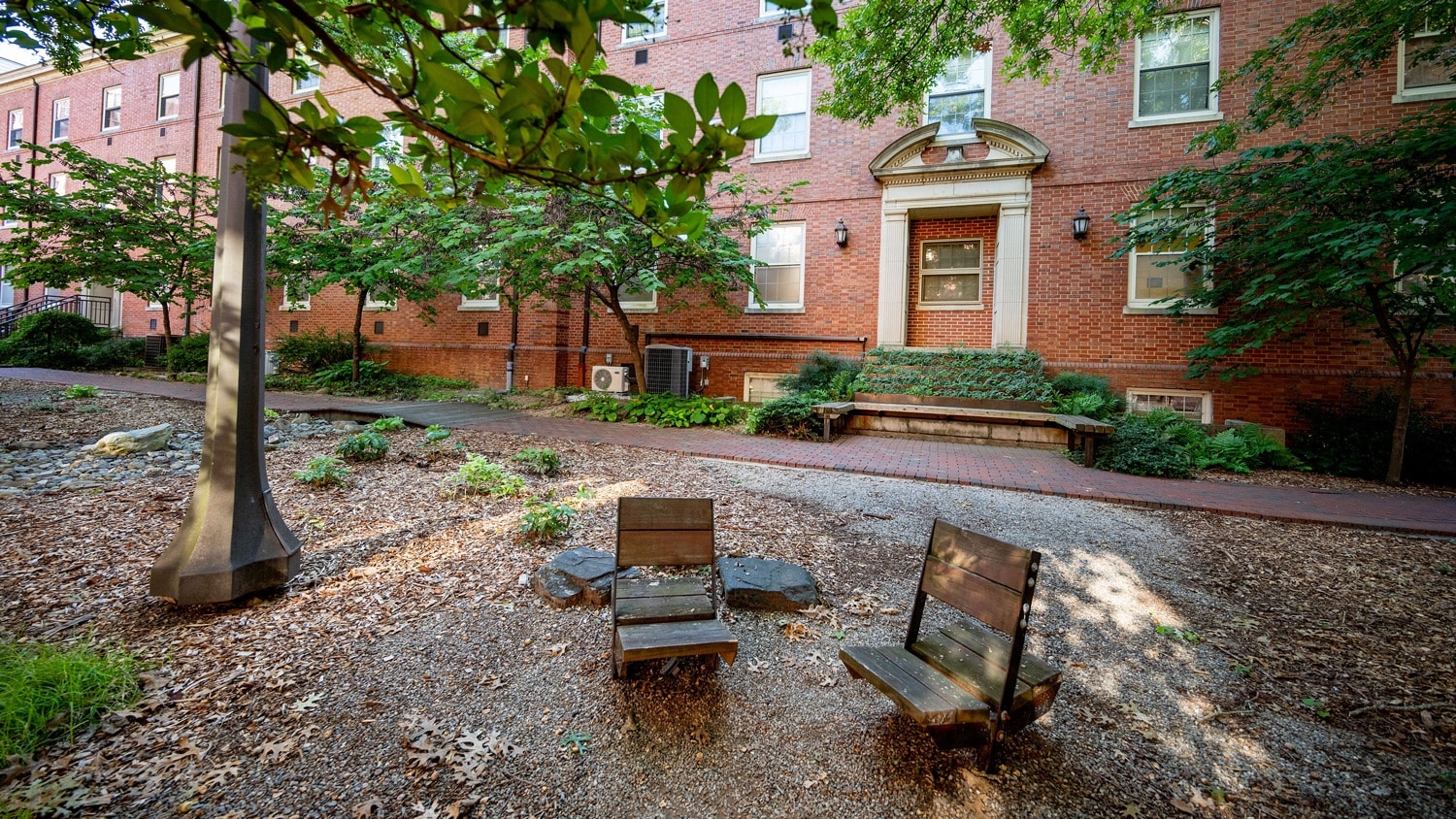New Landscaping Design Guide Features Native Coastal NC Plants

This article is reposted from North Carolina Sea Grant
JUNE 23, 2020 | KATIE MOSHER
Above: A new landscaping design series includes this pollinator-friendly border template.
FOR IMMEDIATE RELEASE
Contact:
Katie Mosher, communications director, kmosher@ncsu.edu
Gloria Putnam, coastal resources and communities specialist, gfputnam@ncsu.edu
A new set of landscaping design templates is available online from the Coastal Landscapes Initiative. The 10 designs feature plants native to coastal North Carolina and are intended for anyone interested in updating their yard or garden.
“Deciding which plants to use can be a challenging task on any property, and can be even more daunting in harsh coastal environments,” says Gloria Putnam, North Carolina Sea Grant’s coastal resources and communities specialist, who oversaw the project. “These designs will help property owners and landscapers with choosing and arranging native plants suitable for their site conditions and needs.”
The templates are divided into two categories: borders and screens. Borders define edges and organize spaces in a yard but also can work as stand-alone gardens. Screens block unwanted views and increase privacy.
Each design provides ideal site conditions; a detailed planting guide; seasonal bloom or berry color; an illustration of the plantings at maturity; and maintenance tips. Designs can be modified to meet lot configurations, and alternative plant choices are suggested for flexibility.
This resource was created with input from native plant experts and design professionals associated with the Coastal Landscapes Initiative, or CLI, a collaborative effort to encourage nature-enhancing landscaping. Key partners include the North Carolina Aquariums at Pine Knoll Shores and Roanoke Island, and the Coastal Dynamics Design Lab at NC State University, among others.
The full guide, as well as single pages, can be downloaded at go.ncsu.edu/CLI-designs. The site also provides a worksheet to get started on a particular property.
“Spring and summer are a great time to plan for fall and winter planting,” Putnam says. “Assessing site conditions, choosing designs and locating nurseries that carry the plants you want are fun tasks to focus on now, so you are ready to install new landscaping when cool weather returns.”
Site conditions to consider during the summer include sunny versus shady spots; existing trees and structures; how the soil responds to heavy rain or drought; and soil composition.
For more information about the CLI, and for additional resources such as webinars offering coastal landscaping tips, visit go.ncsu.edu/coastallandscapes.
- Categories:


